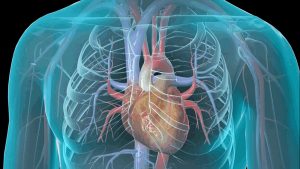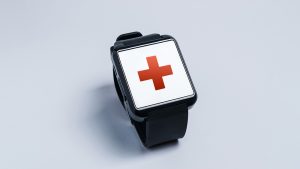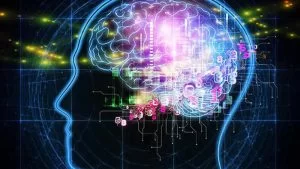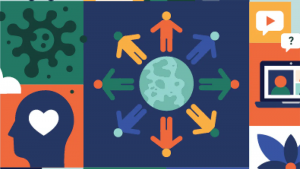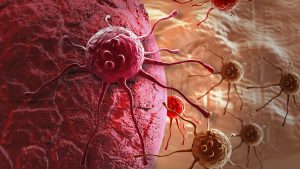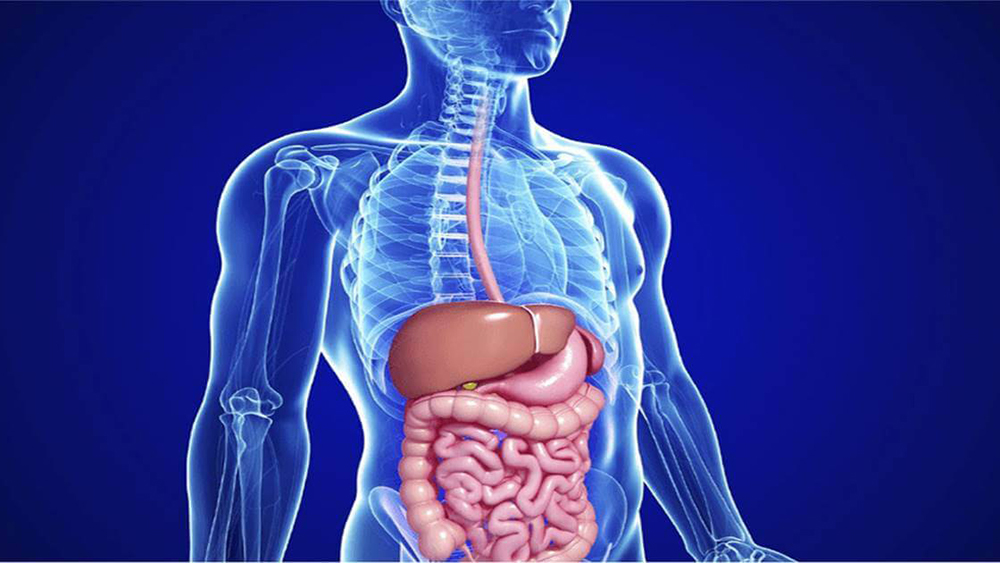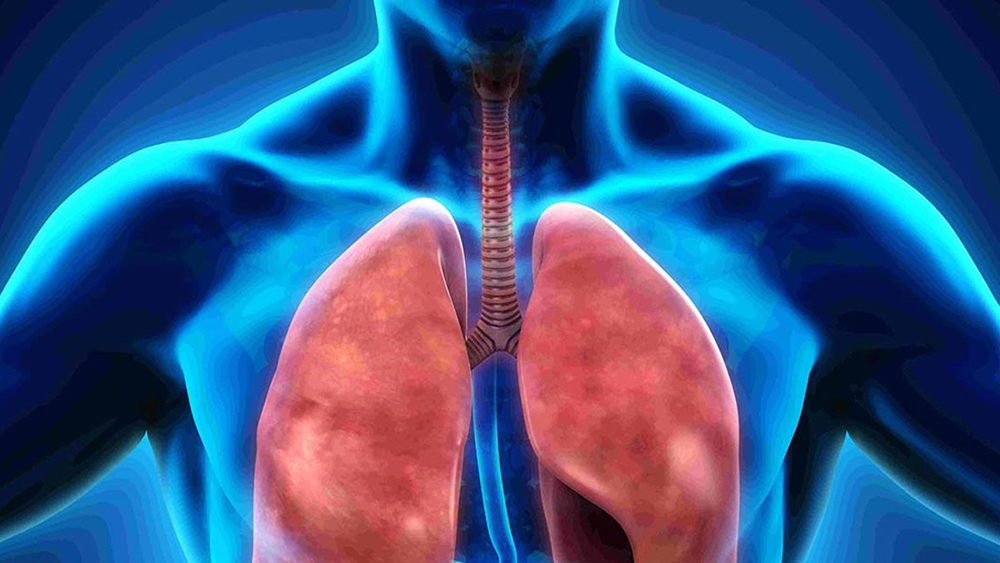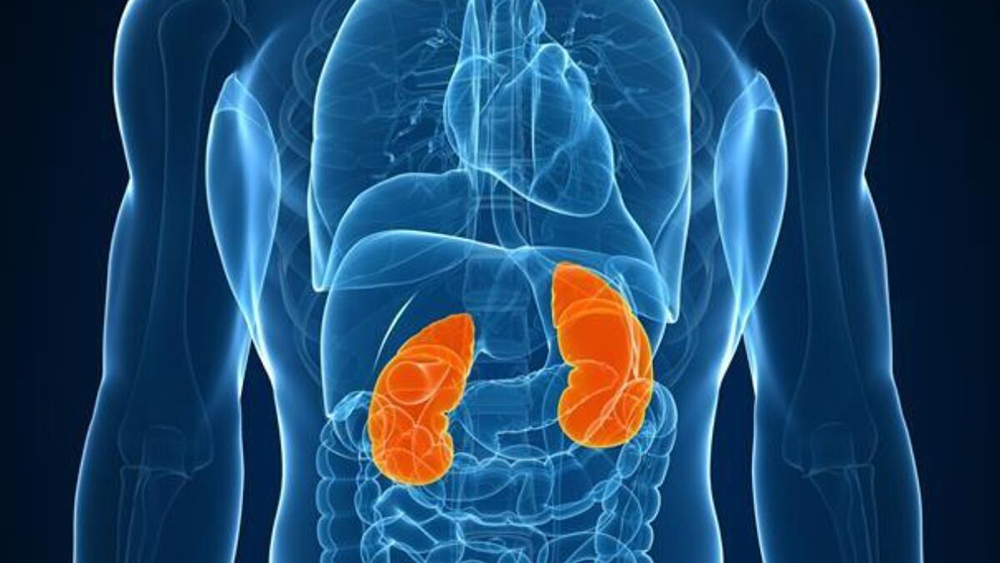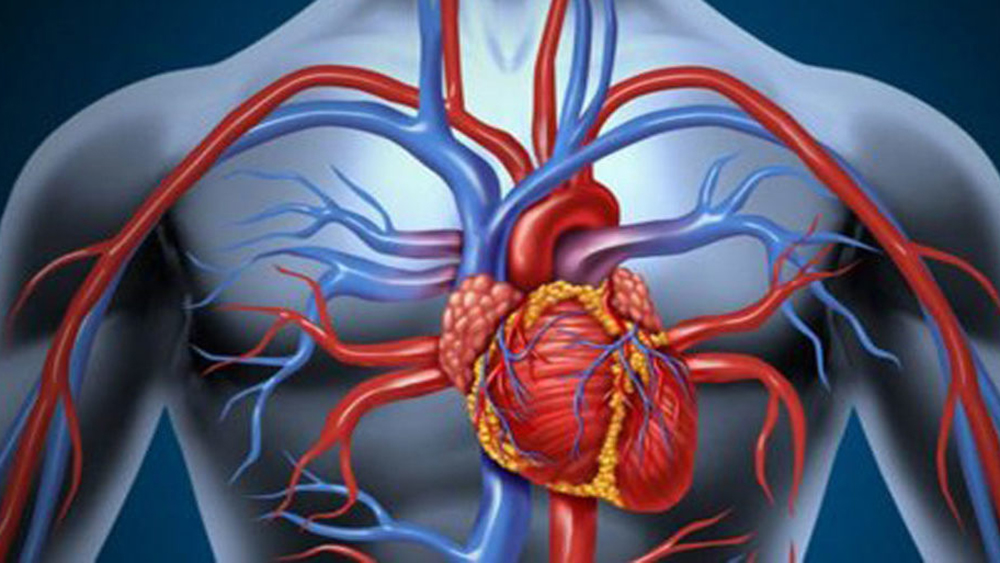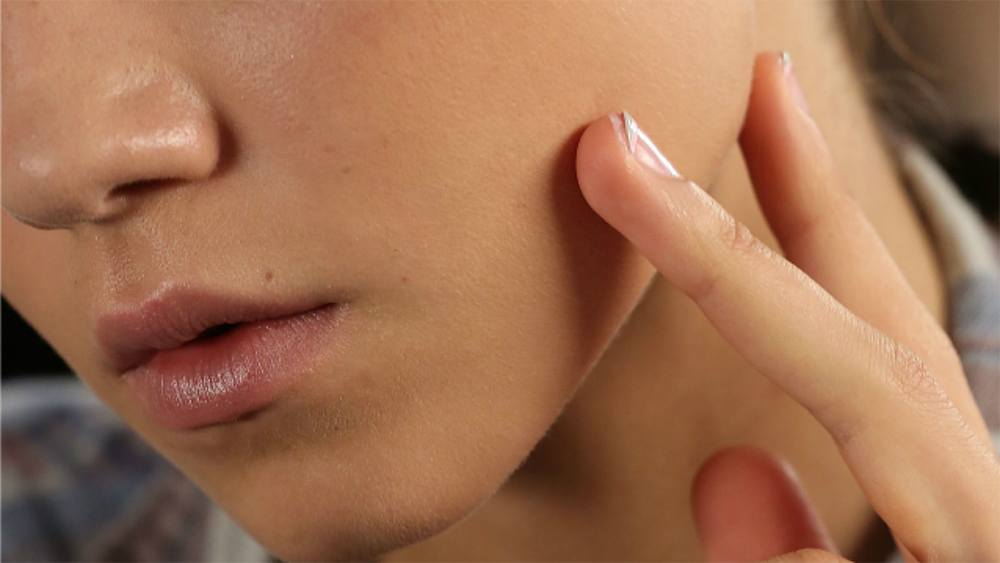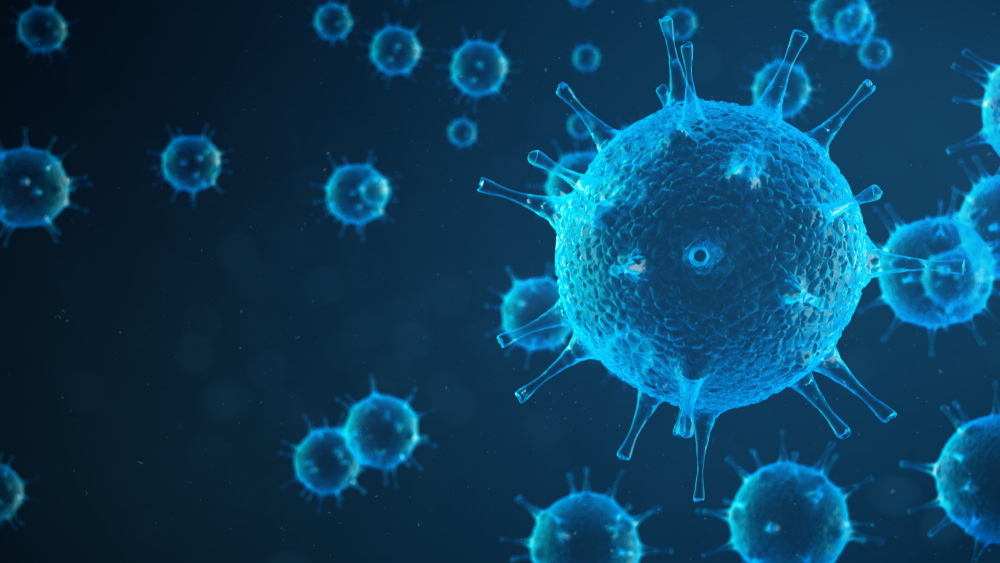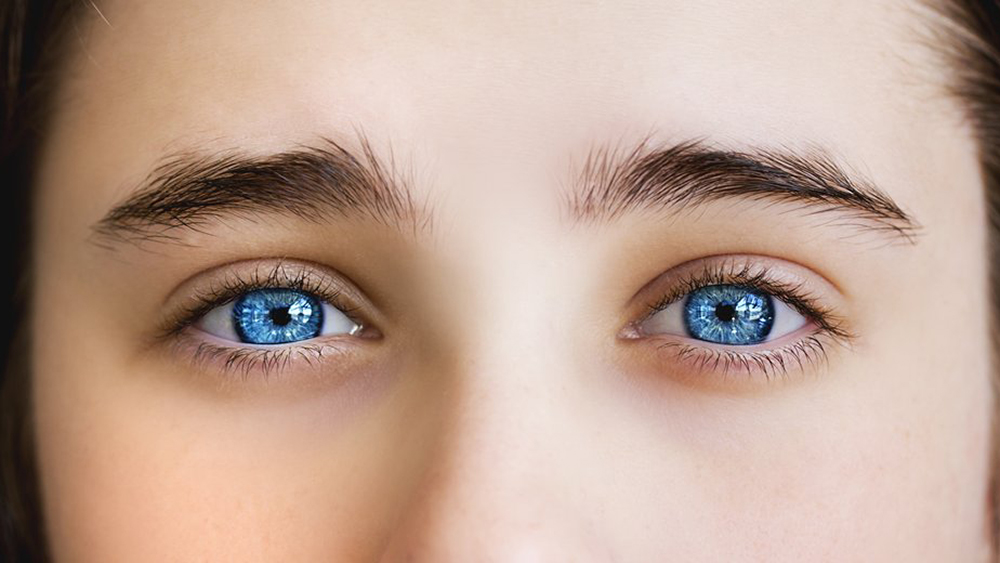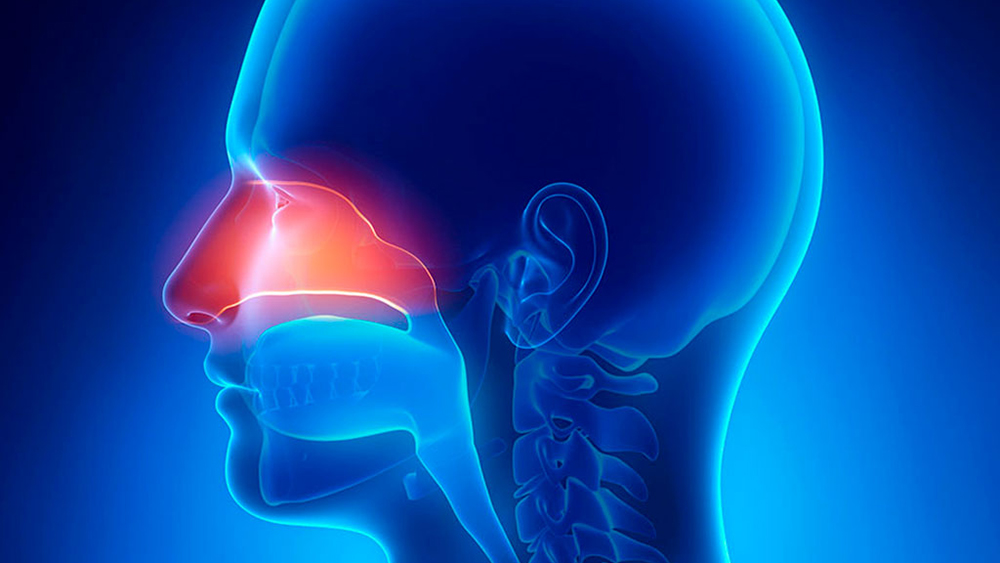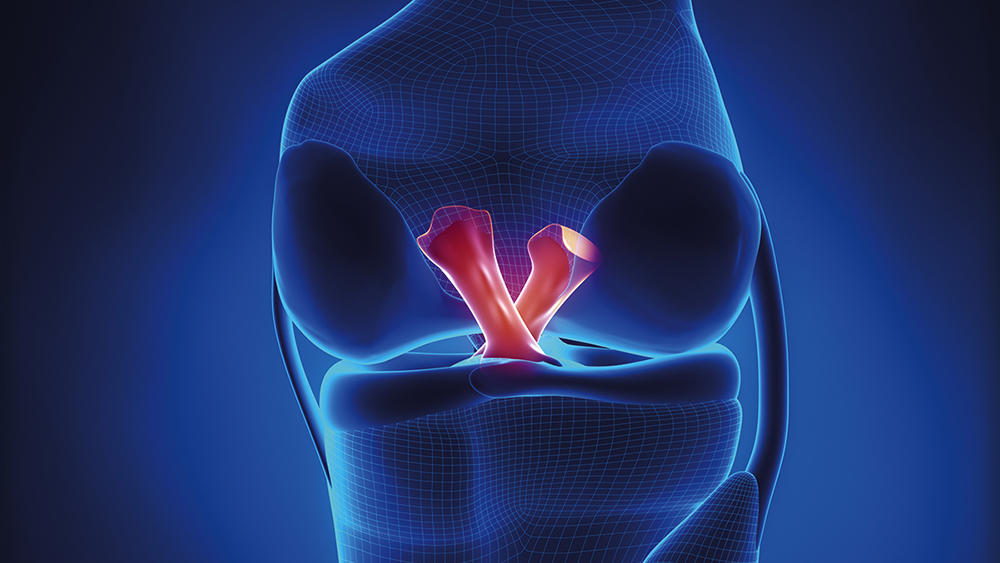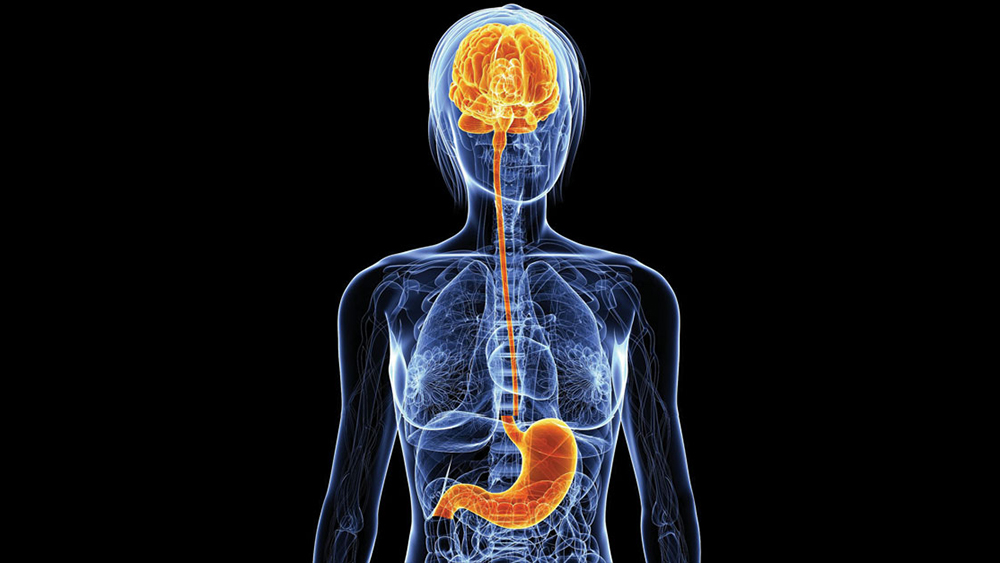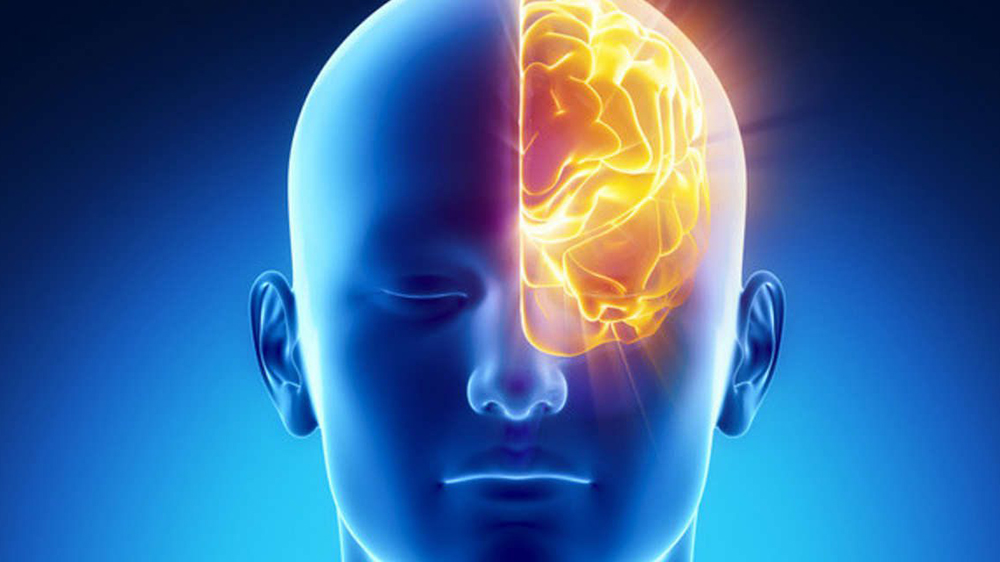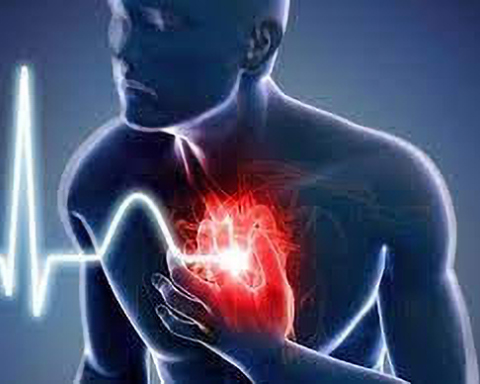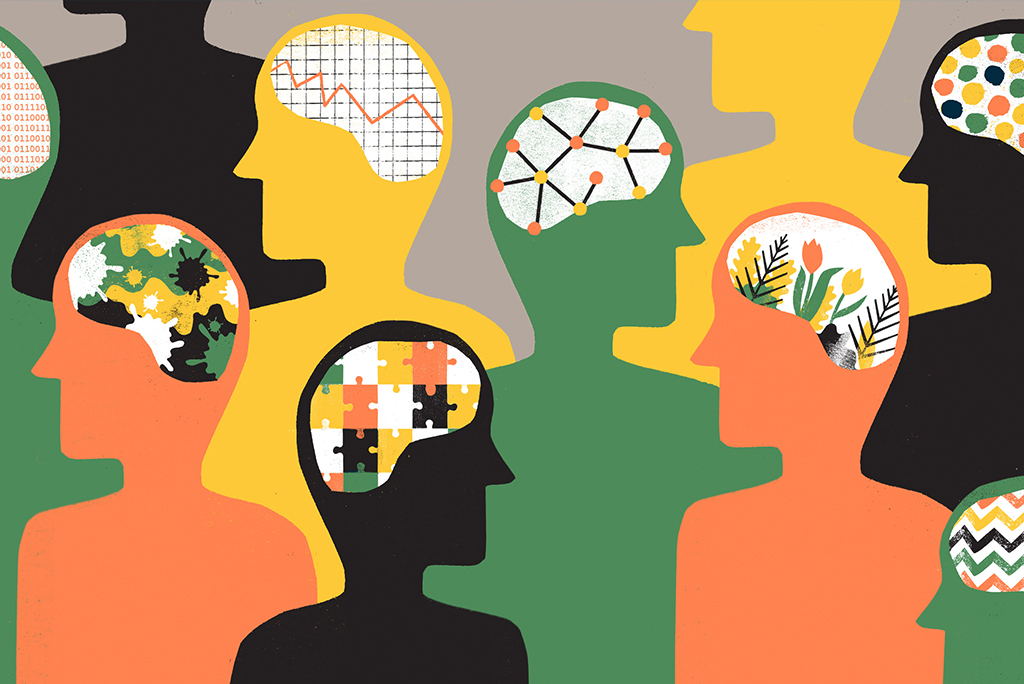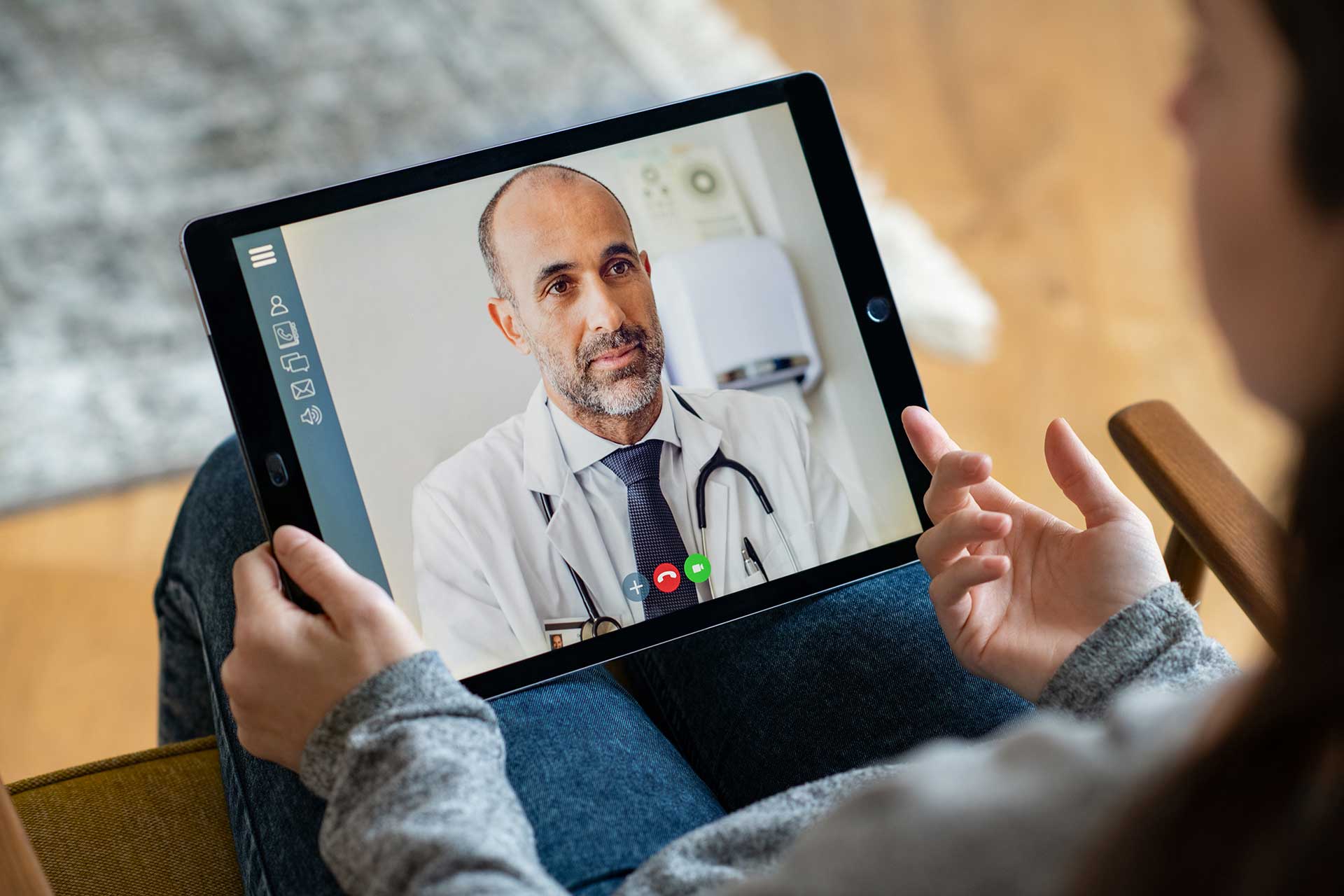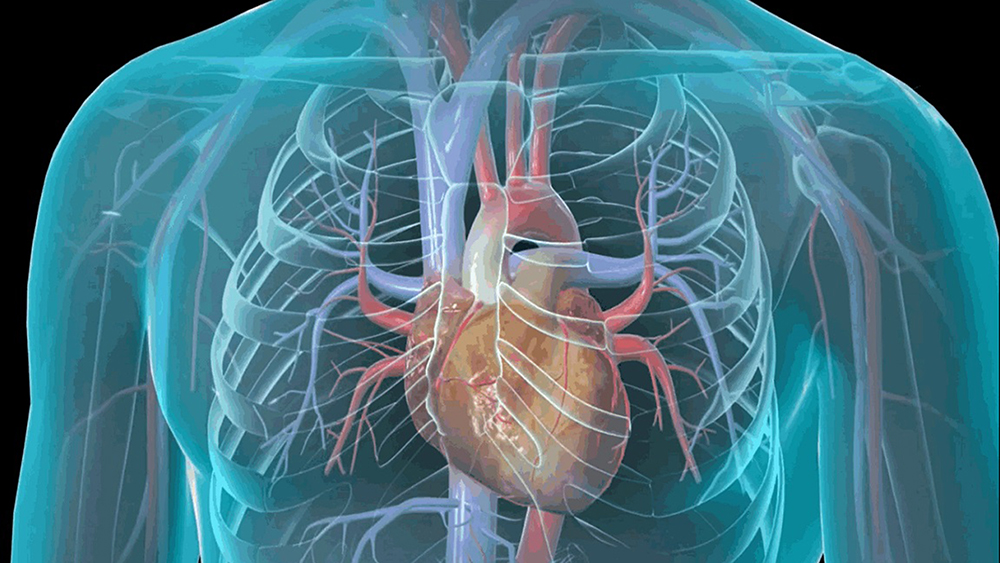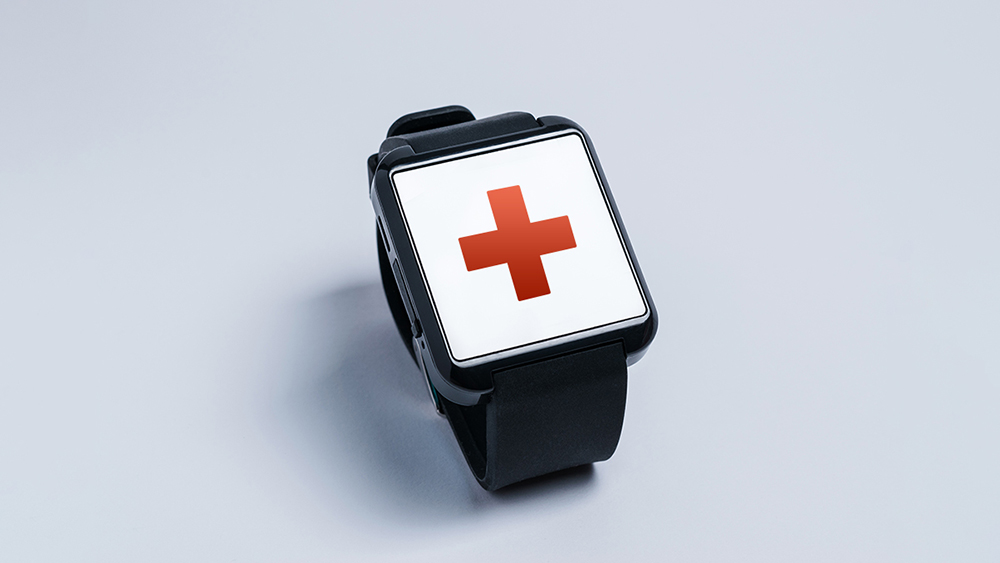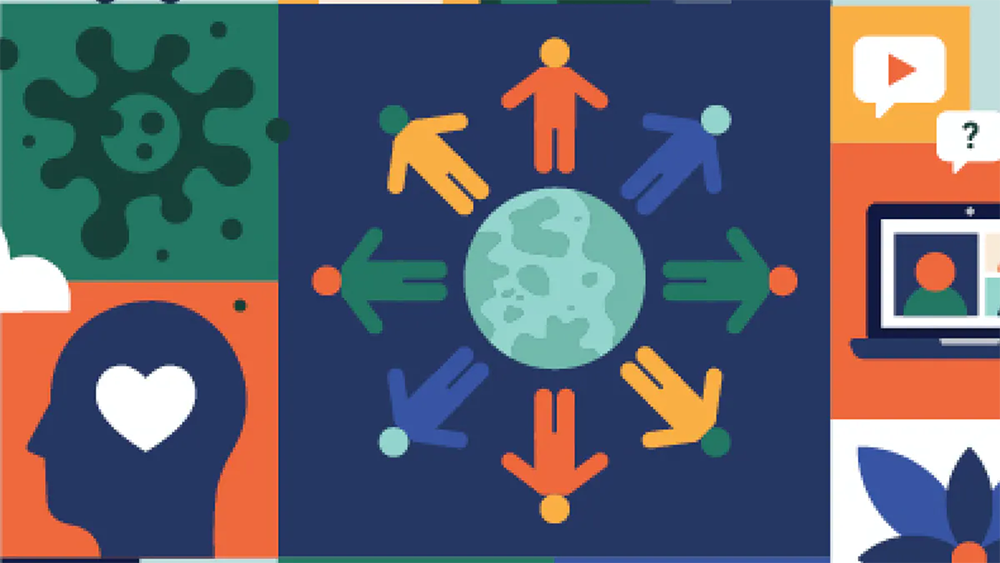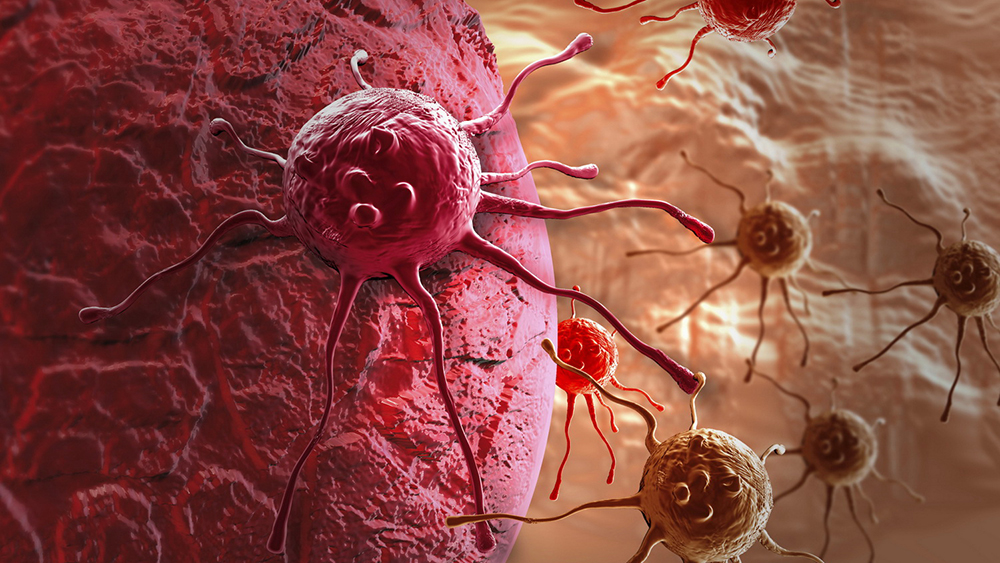The 21st century is marked by new technologies, smartphones and everything that revolves around these devices that are as useful as they are harmful. According to Erik Peper, professor of health education at theUniversity of San Francisco,“addiction to smartphone use begins to form neurological connections in the brain similar to those that develop in those who acquire an addiction to opioid drugs for pain relief.”
The professor through a survey of 135 students found that those who continuously use phones have higher levels of feelings of isolation, depression and anxiety. The research, published in Neuro Regulation, confirms that this strong feeling of isolation is due to the fact that we have unfortunately replaced cell phones with face-to-face communication. This situation allows us to stay connected all the time, but at the same time prevents us from using body language effectively, also causing a sense of dissatisfaction. Being social, paradoxically, makes us asocial, developing a greater aptitude for communicating through a cell phone rather than in person.
App notifications
It seems that apps have also come into the scientists’ sights, in fact, according to research conducted,notifications can trigger neural pathways. During the survey, students were likely to look at their smartphones at any time of the day, while studying and eating, as if in a state of
“semi-tasking”
, in which they multitask at the same time, achieving, however, half the results they could have achieved without this harmful technological device. The main cause is push notifications, which almost force us to look at our phones and unconsciously activate neural pathways within our brains. Once these would have alerted us to danger, but today “we are diverted, by the same mechanisms that once protected us, to the most mundane information,” these are Professor Peper‘s words. People, especially young people, because of smartphones are totally losing control. This is the reason why its abuse is compared to that of addictive drugs.
Professor Erik Peper, along with the authors of the research, incited users to take back command of their lives, take their eyes off their smartphones and respond to notifications only at specific times of the day.
















